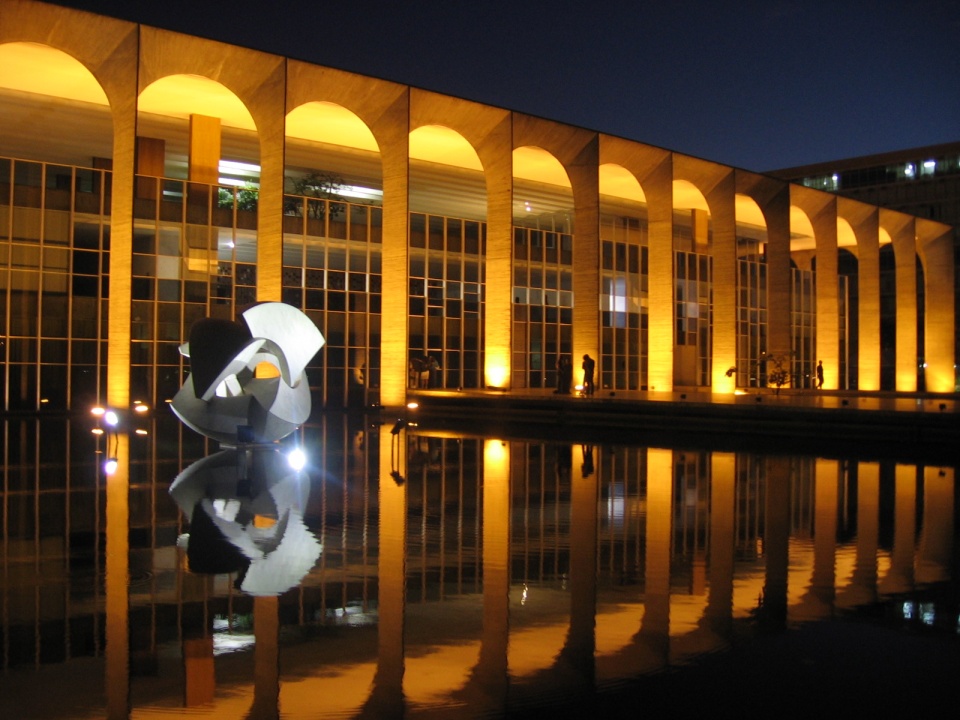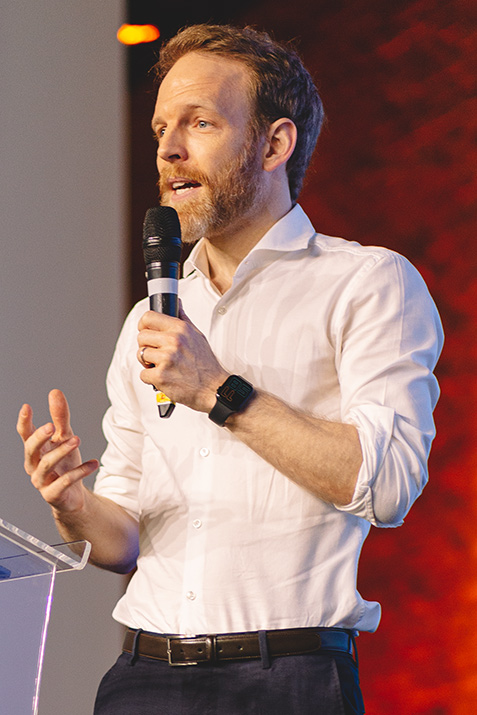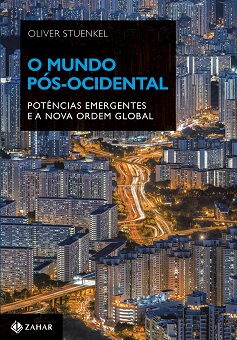
One important but usually neglected factor when analyzing foreign policy is the size of a country’s foreign service. Smart strategies developed at the Foreign Ministry at home can fail to have the desired impact because there are not enough foreign service officers to implement the new policy. Complex bilateral negotiations can be negatively affected if one side’s negotiators have not been briefed properly due to a lack of diplomatic staff and on-the-ground knowledge on the domestic constraints the other side is facing. Finally, maintaining an understaffed embassy can send a negative signal to the host country, in some cases causing more damage than opening no embassy at all.
As emerging powers seek to project more influence, their low number of diplomats pose severe limitations on their capacity to operationalize new policies. One comparison says it all: There are more U.S. diplomats posted in New Delhi than there are Indian diplomats in the entire world (outside of India). This means, in essence, that the United States has more human capital to develop its policy towards India than India has to design and implement its foreign policy towards the rest of the word.
In a recent op-ed in the Times of India, Kanti Bajpai, an Indian international relations professor, decried the situation and joked that with 600 diplomats, India had as many diplomats as “titans such as Belgium and the Netherlands”. If the Indian foreign ministry continues to grow at the current pace, it will have 1200 dipomats by 2040 – yet by this time, China will have 10,000 diplomats to represent it around the world. The number of U.S. diplomats already far exceeds 10,000 today.
This extreme shortage is likely to negatively affect Indian foreign policy on many levels – ranging from public diplomacy to a difficulty to engage with local stakeholders in the host country. One of the most common phrases one hears from India scholars visiting Delhi is that they were unable to “meet anyone at the Indian Foreign Ministry.”
Yet interestingly enough, Bajpai does not spell out how many diplomats India should aspire to have. What is the adequate number of diplomats for a rising power like India, which is slowly beginning to engage in regions it traditionally had little interest in?
While China’s foreign service is too large to serve as a model, it is interesting to note that the number of Brazil’s foreign service is twice as large as India’s. Still, many Brazilian missions across the world are so small – particularly in Africa – that one wonders how they can function properly. There are fewer than 10 Brazilian diplomats in Delhi, and fewer than 20 in Beijing – hardly sufficient considering that China is Brazil’s most important trading partner since 2009. The problem in Brazil, however, may not be the total number of diplomats, but rather the way they are distributed all over the world – for example, several European cities still have more diplomats than Asian capitals, indicating that Itamaraty has not yet fully adapted to the momentous shift of global power away from Europe and towards Asia.
Yet Bajpai writes that the lack of quantity is not the only problem in India. Quality is decreasing as well. Arguing that the diplomatic service was no longer an attractive option for those who want to change India, he calls for innovative hiring methods: “We should also recruit horizontally from other bureaucracies including the armed services and from business, academia, think tanks and the media.”
In this regard, Brazil offers an interesting contrast, as diplomat’s social status still exceeds those of many other professions, and few worry about the quality of applicants – even though the formerly insular Foreign Ministry has lost some of its glamour and mystique as today diplomats increasingly need to work together with other ministries. While the private sector already frequently poaches promising Brazilian diplomats with international experience and language skills, the Brazilian Foreign Ministry has so far declined to reciprocate and adopt Bajpai’s advice.
Read also:
The Case for IMF Quota Reform (Council on Foreign Relations)
Prof. Nuno Monteiro: “The U.S.-Iran nuclear standoff: Is there a way out?”
BRICS: Visionary policy makers, hesitant academics?
Photo credit: Xenia Antunes (Creative Commons)








